Home>Furniture & Design>Bedroom Furniture>How To Organize A Room
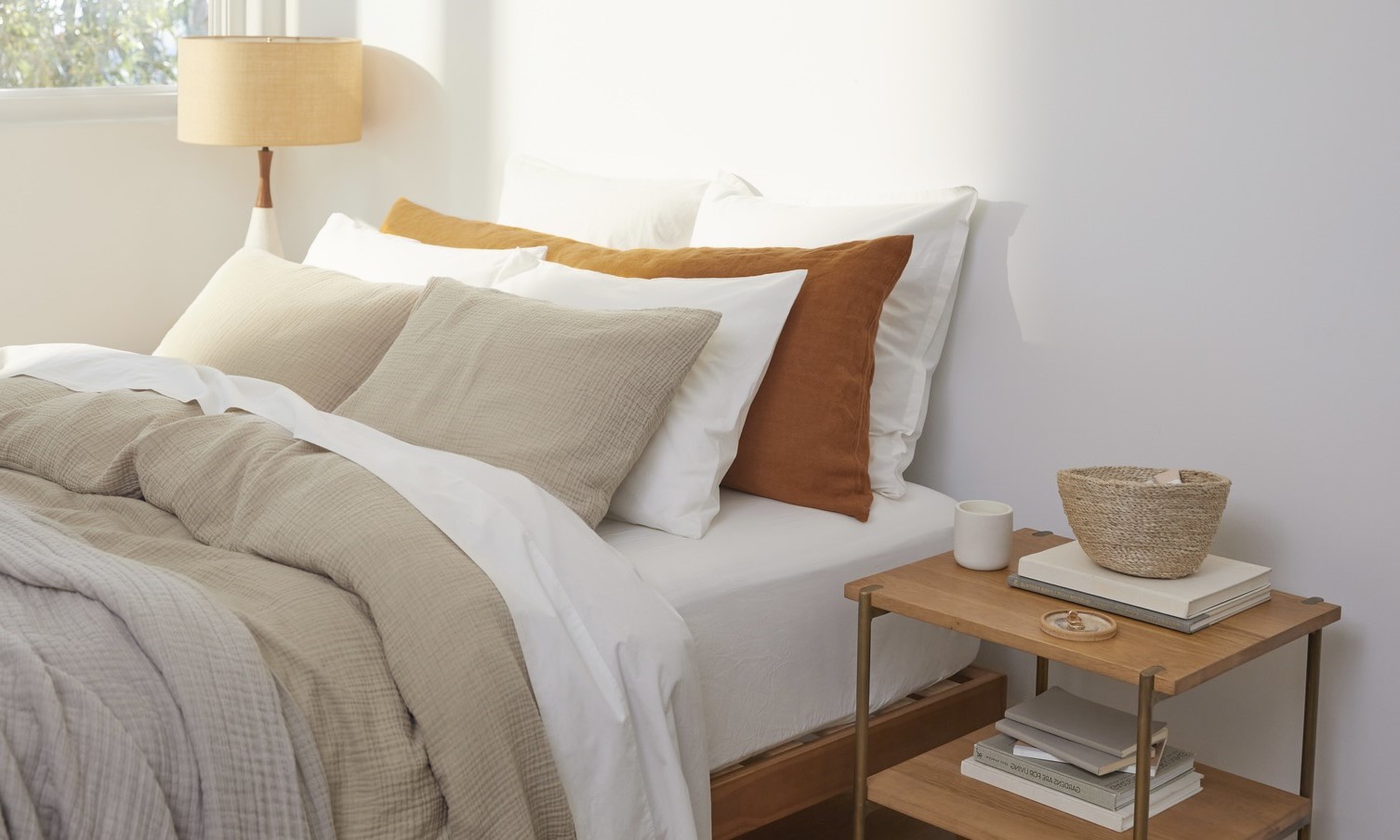

Bedroom Furniture
How To Organize A Room
Published: March 3, 2024
Learn how to effectively organize your bedroom with the right furniture and design tips. Create a functional and stylish space with our expert advice.
(Many of the links in this article redirect to a specific reviewed product. Your purchase of these products through affiliate links helps to generate commission for Storables.com, at no extra cost. Learn more)
Benefits of a Well-Organized Room
A well-organized room offers numerous benefits that can positively impact your daily life. From reducing stress to improving productivity, here are some of the key advantages of maintaining a tidy and organized living space:
-
Reduced Stress: Clutter and disorganization can contribute to feelings of overwhelm and anxiety. By keeping your room organized, you create a calming environment that promotes relaxation and reduces stress levels.
-
Improved Productivity: An organized room can enhance your productivity and focus. When everything has its place, you can easily locate items, leading to a more efficient daily routine.
-
Enhanced Creativity: A clutter-free space can inspire creativity and innovation. With a well-organized room, you have the mental space to think clearly and come up with new ideas.
-
Better Sleep Quality: A tidy room can contribute to better sleep quality. A clutter-free environment promotes relaxation and can help you unwind at the end of the day.
-
Increased Safety: Removing clutter and organizing items in your room can improve safety by reducing the risk of tripping or falling over misplaced objects.
-
Enhanced Aesthetic Appeal: An organized room looks visually appealing and inviting. By maintaining order, you can create a space that you enjoy spending time in and showing off to guests.
-
Improved Time Management: With everything in its place, you can save time by avoiding the frustration of searching for misplaced items. This can lead to better time management and a more efficient daily routine.
-
Boosted Mental Clarity: A clutter-free environment can lead to improved mental clarity and a sense of control. When your surroundings are organized, it can positively impact your overall well-being.
By recognizing the benefits of a well-organized room, you can be motivated to take the necessary steps to declutter and create an organized living space that enhances your quality of life.
Key Takeaways:
- A tidy room reduces stress, boosts productivity, and enhances creativity. It also improves sleep quality, safety, and time management. Organize to enjoy these benefits!
- Assess, declutter, choose the right storage, create zones, and maintain regularly. These steps lead to an organized, functional, and enjoyable living space.
Read more: How To Organize A Junk Room
Assessing the Space and Decluttering
Assessing the space and decluttering are essential first steps in organizing a room. Here's how to get started:
-
Assess the Current State: Begin by taking a good look at the room and identifying areas that need attention. Note the areas where clutter tends to accumulate and assess the overall layout and flow of the space.
-
Set Clear Goals: Determine what you want to achieve with the organization of the room. Whether it's creating more storage space, improving functionality, or simply reducing clutter, setting clear goals will guide your decluttering process.
-
Declutter Methodically: Start decluttering by going through each item in the room. Sort items into categories such as keep, donate, or discard. Be honest with yourself about the items you truly need and use regularly.
-
Consider Storage Needs: As you declutter, consider the storage solutions that will best suit the room. Assess the types of items that need to be stored and determine the most effective storage options, such as shelves, bins, baskets, or drawers.
-
Maximize Space: Look for opportunities to maximize the use of space, such as utilizing vertical storage with wall-mounted shelves or using under-bed storage for items that are infrequently used.
-
Evaluate Furniture Placement: Assess the placement of furniture in the room and consider if there are better arrangements that can improve the flow and functionality of the space.
-
Address Problem Areas: Identify any specific areas of the room that consistently accumulate clutter and develop strategies to address these problem areas. This may involve implementing specific storage solutions or adjusting daily habits to maintain organization.
By thoroughly assessing the space and systematically decluttering, you can lay the foundation for an organized and functional room. These initial steps set the stage for choosing the right storage solutions and creating designated zones to optimize the space.
Choosing the Right Storage Solutions
When it comes to organizing a room, selecting the right storage solutions is crucial for maintaining order and maximizing space. Here are some key considerations for choosing the right storage solutions:
-
Assess Storage Needs: Begin by assessing the specific storage needs of the room. Identify the types of items that require storage, such as clothing, accessories, books, or miscellaneous items. Understanding the specific storage needs will guide you in selecting the most suitable solutions.
-
Utilize Vertical Space: Make use of vertical space by incorporating shelves, wall-mounted organizers, or tall storage units. Vertical storage solutions help maximize space, especially in smaller rooms where floor space may be limited.
-
Opt for Multi-Functional Furniture: Choose furniture pieces that offer built-in storage, such as ottomans with hidden compartments, bed frames with drawers, or coffee tables with shelving. Multi-functional furniture helps reduce clutter by providing hidden storage options.
-
Consider Clear Containers: Transparent or clear storage containers are ideal for items that are frequently used or need to be easily identified. Clear containers allow for quick visual access to the contents, making it easier to locate specific items without the need to open multiple containers.
-
Customize with Modular Systems: Modular storage systems allow for customization based on the specific storage needs of the room. These systems often feature interchangeable components such as shelves, drawers, and cubbies, providing flexibility in organizing different types of items.
-
Incorporate Baskets and Bins: Baskets and bins are versatile storage solutions that can be used to corral smaller items such as toys, accessories, or craft supplies. Opt for woven baskets or fabric bins to add a touch of texture and style to the room.
-
Maximize Closet Space: If the room includes a closet, maximize its storage potential by incorporating closet organizers, hanging shelves, or stackable storage bins. Utilizing the vertical space within the closet can significantly increase storage capacity.
-
Evaluate Underutilized Spaces: Identify underutilized spaces within the room, such as the back of doors, under the bed, or high shelves, and consider storage solutions that can effectively utilize these areas. Over-the-door organizers, under-bed storage containers, and step stools for accessing high shelves are examples of solutions for underutilized spaces.
By carefully choosing the right storage solutions based on the specific needs and layout of the room, you can create an organized and functional space that accommodates all your belongings while maintaining a clutter-free environment.
Use storage bins and baskets to keep items organized and easily accessible. Label each container to make it easy to find what you need.
Creating Zones and Designating Functions
Creating distinct zones and designating specific functions within a room is essential for optimizing its layout and functionality. By strategically dividing the space into designated areas, you can enhance organization and streamline daily activities. Here's how to create zones and designate functions within a room:
-
Identify Activity Areas: Begin by identifying the primary activities that take place within the room. For example, in a bedroom, activity areas may include sleeping, dressing, and a workspace. In a living room, activity areas could consist of seating, entertainment, and reading.
-
Establish Clear Boundaries: Once the activity areas are identified, establish clear boundaries to delineate each zone. This can be achieved through the arrangement of furniture, area rugs, or decorative screens. Creating visual separation between zones helps define their individual functions.
-
Consider Traffic Flow: When creating zones, consider the traffic flow within the room to ensure that movement between different areas is unobstructed. Arrange furniture and other elements in a way that allows for easy navigation and access to each zone.
-
Maximize Functionality: Each designated zone should serve a specific function, and the layout and furnishings within that zone should support its intended purpose. For example, a workspace zone should be equipped with a suitable desk, chair, and adequate lighting, while a relaxation zone may feature comfortable seating and soft lighting.
-
Utilize Room Dividers: In open-concept spaces or multi-functional rooms, room dividers can be used to create distinct zones. Options such as folding screens, bookshelves, or curtains can effectively separate different areas while adding visual interest to the room.
-
Incorporate Storage Solutions: Integrate storage solutions within each zone to maintain organization and reduce clutter. For example, in a reading nook, include a bookshelf or storage ottoman to keep books and reading materials neatly organized. This ensures that items related to each activity are conveniently accessible within their respective zones.
-
Personalize Each Zone: Tailor each zone to reflect its intended function and the preferences of the individuals using the space. Personalization can be achieved through the use of decor, color schemes, and furnishings that align with the activities associated with each zone.
-
Adapt to Evolving Needs: As the needs and activities within the room evolve over time, be open to adjusting the layout and functions of the designated zones. Flexibility in design allows for the seamless adaptation of the room to accommodate changing requirements.
By creating zones and designating specific functions within a room, you can optimize its layout to support various activities while maintaining a cohesive and organized environment. This approach enhances the functionality of the space and contributes to a more efficient and enjoyable living experience.
Implementing a Regular Cleaning and Maintenance Routine
Maintaining an organized room requires the implementation of a regular cleaning and maintenance routine to uphold the established organization and prevent clutter from accumulating. Here's how to effectively incorporate a cleaning and maintenance routine into your organizational efforts:
-
Establish a Cleaning Schedule: Set a regular schedule for cleaning and tidying the room. This can be a daily, weekly, or bi-weekly schedule, depending on the specific needs of the room and your lifestyle. Consistency is key to preventing clutter from building up.
-
Declutter Periodically: Schedule regular decluttering sessions to assess the items in the room and identify any unnecessary or out-of-place belongings. Periodic decluttering helps maintain the organization achieved during the initial organizing process.
-
Dust and Vacuum: Incorporate dusting and vacuuming into your cleaning routine to keep the room free of dust, dirt, and allergens. Pay attention to often overlooked areas such as baseboards, ceiling corners, and behind furniture.
-
Clean and Organize Storage Spaces: Regularly clean and organize storage areas such as closets, drawers, and shelves. Assess the contents of these storage spaces and ensure that items are neatly arranged and easily accessible.
-
Address Spills and Stains Promptly: Accidents happen, and spills or stains can detract from the overall organization of the room. Address spills and stains promptly to prevent them from becoming permanent blemishes.
-
Rotate and Refresh Decor: Periodically rotate and refresh decor items to prevent visual monotony and breathe new life into the room. This can involve rearranging decorative accents, swapping out throw pillows, or introducing seasonal decor elements.
-
Inspect and Maintain Furniture: Regularly inspect and maintain furniture to address any issues such as loose screws, wobbly legs, or worn-out upholstery. Keeping furniture in good condition contributes to the overall organization and functionality of the room.
-
Tackle Specific Cleaning Tasks: Dedicate time to specific cleaning tasks such as washing windows, laundering curtains or drapes, and deep cleaning carpets or rugs. These tasks contribute to the overall cleanliness and aesthetic appeal of the room.
-
Evaluate and Adjust the Routine: Periodically evaluate the effectiveness of your cleaning and maintenance routine and make adjustments as needed. As the room's usage and needs evolve, the cleaning routine may require modifications to remain efficient.
By implementing a regular cleaning and maintenance routine, you can uphold the organization and functionality of the room while preventing clutter from reemerging. Consistent maintenance efforts contribute to a well-organized and inviting living space.
Frequently Asked Questions about How To Organize A Room
Was this page helpful?
At Storables.com, we guarantee accurate and reliable information. Our content, validated by Expert Board Contributors, is crafted following stringent Editorial Policies. We're committed to providing you with well-researched, expert-backed insights for all your informational needs.
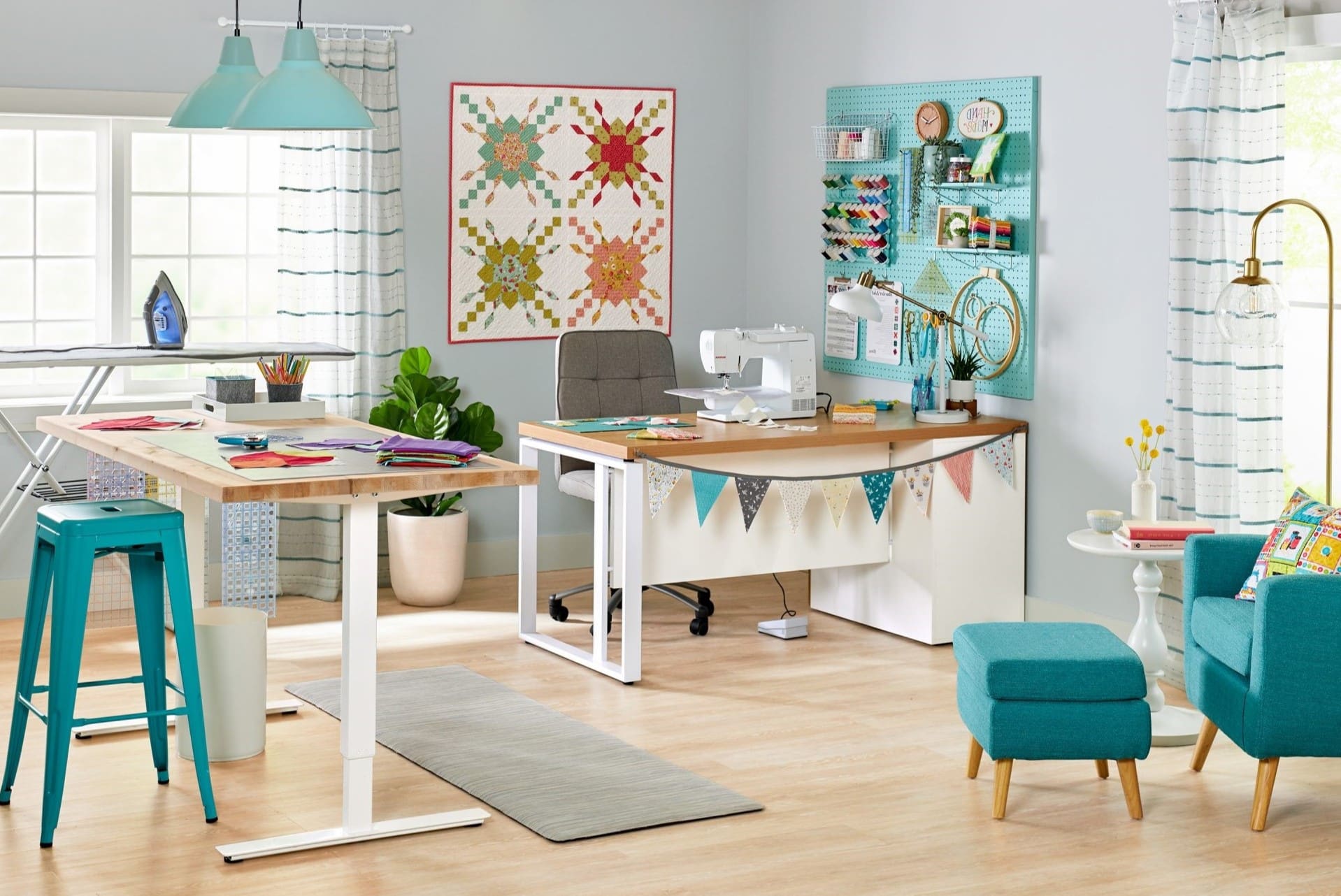
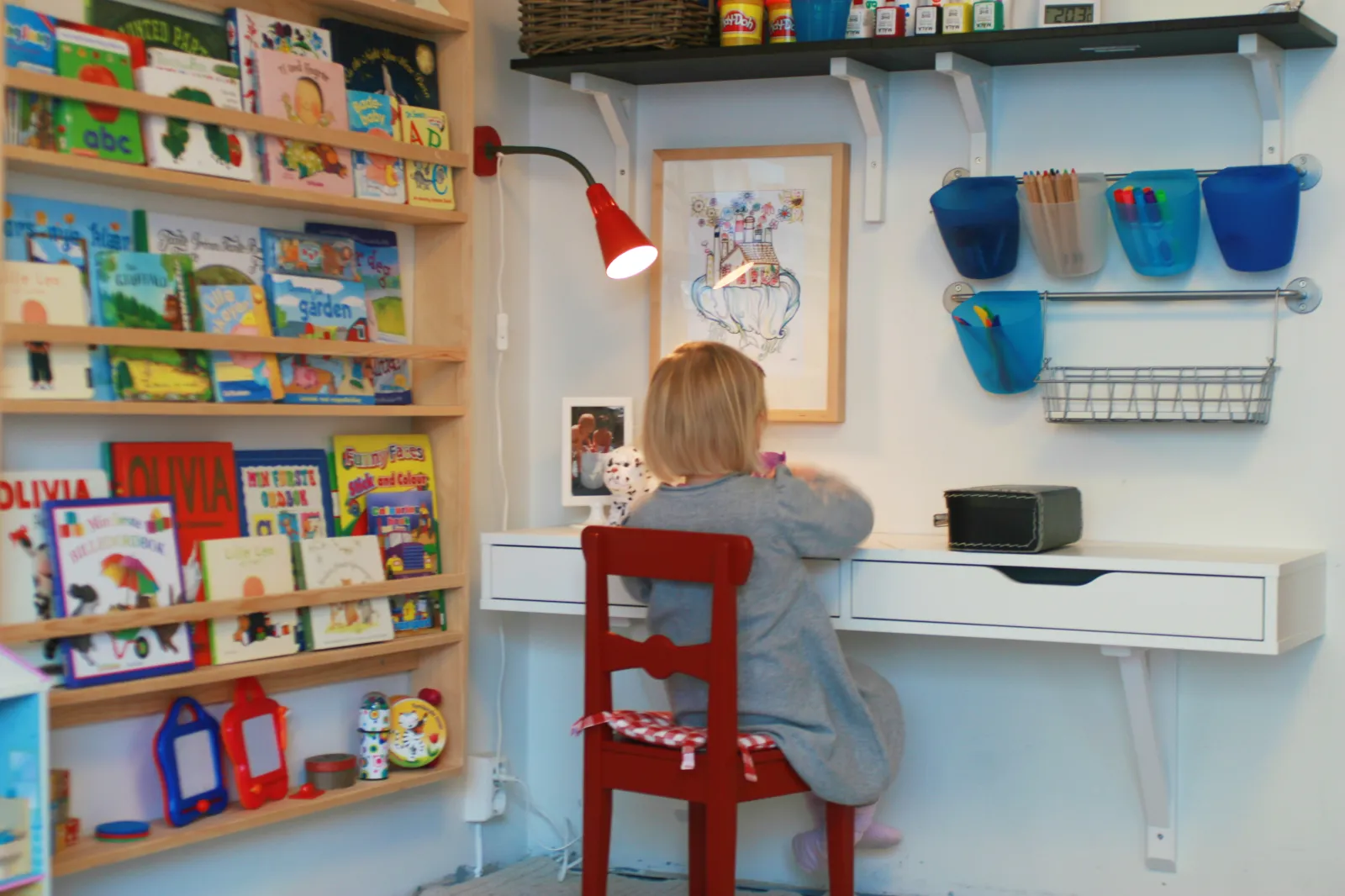
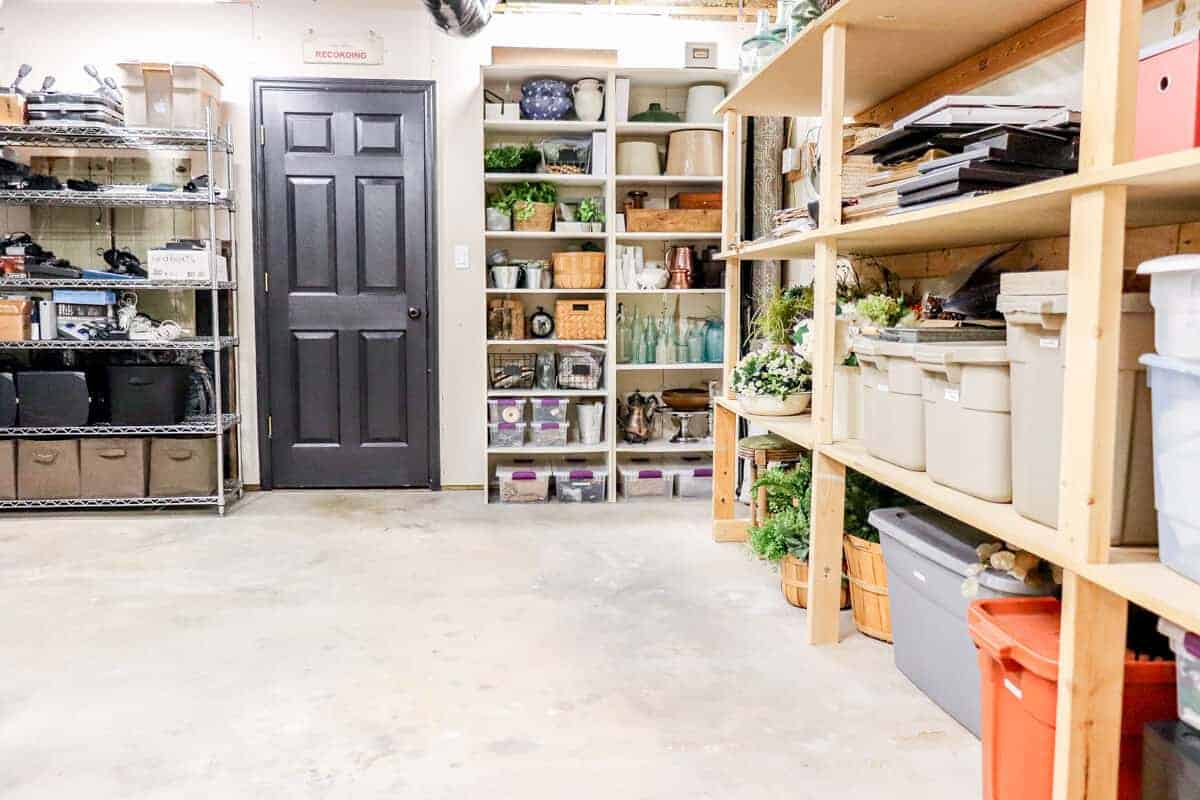
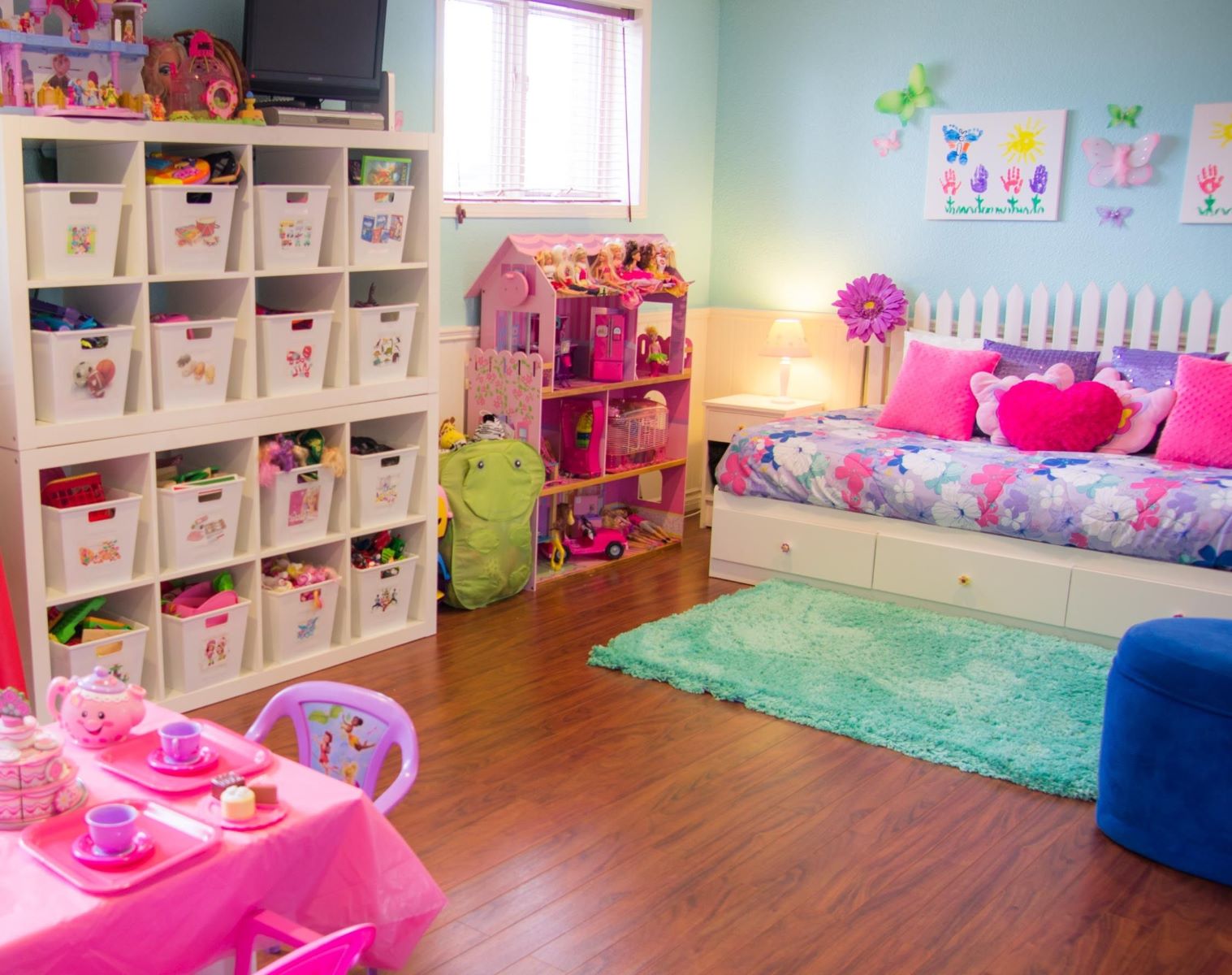
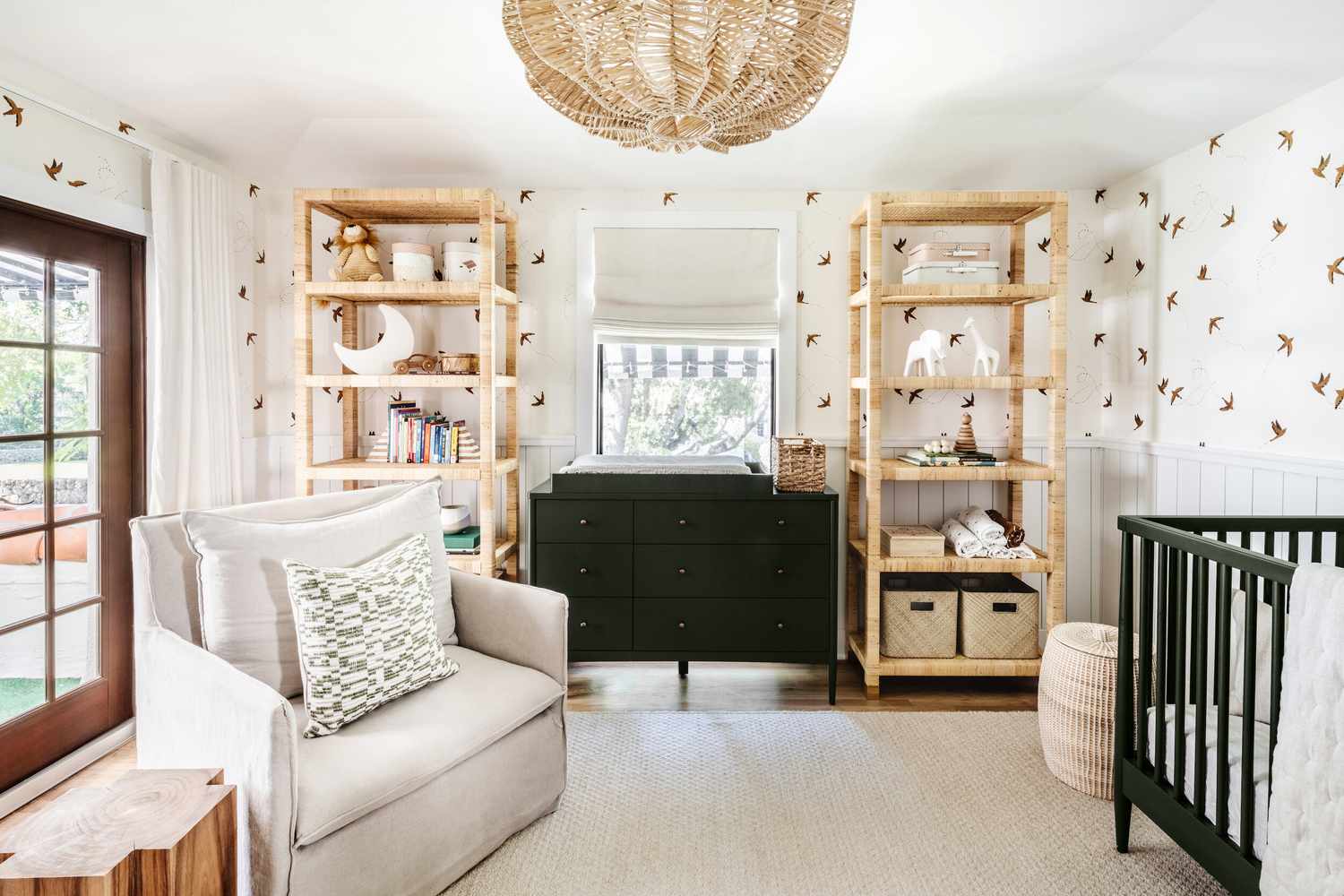
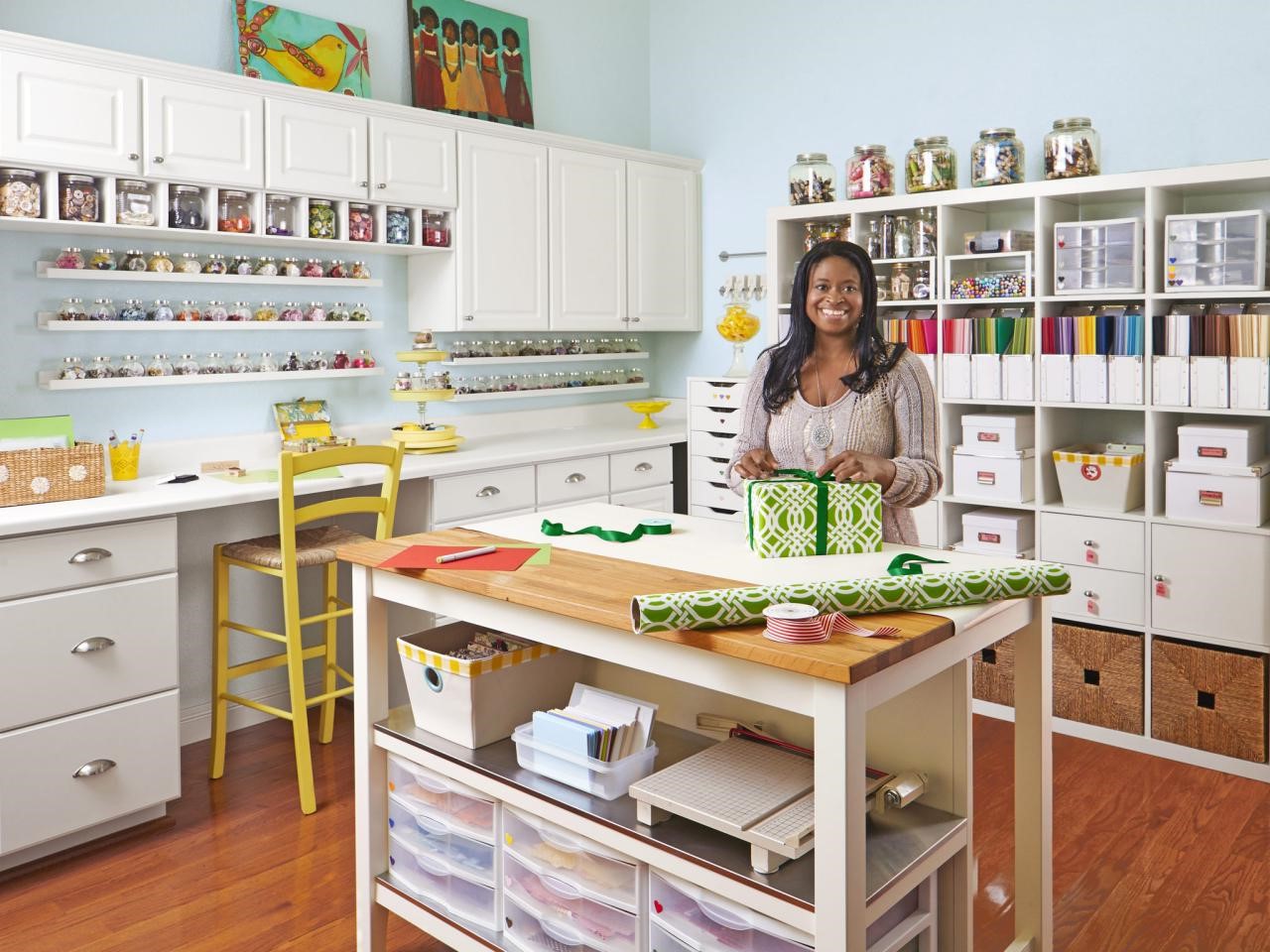
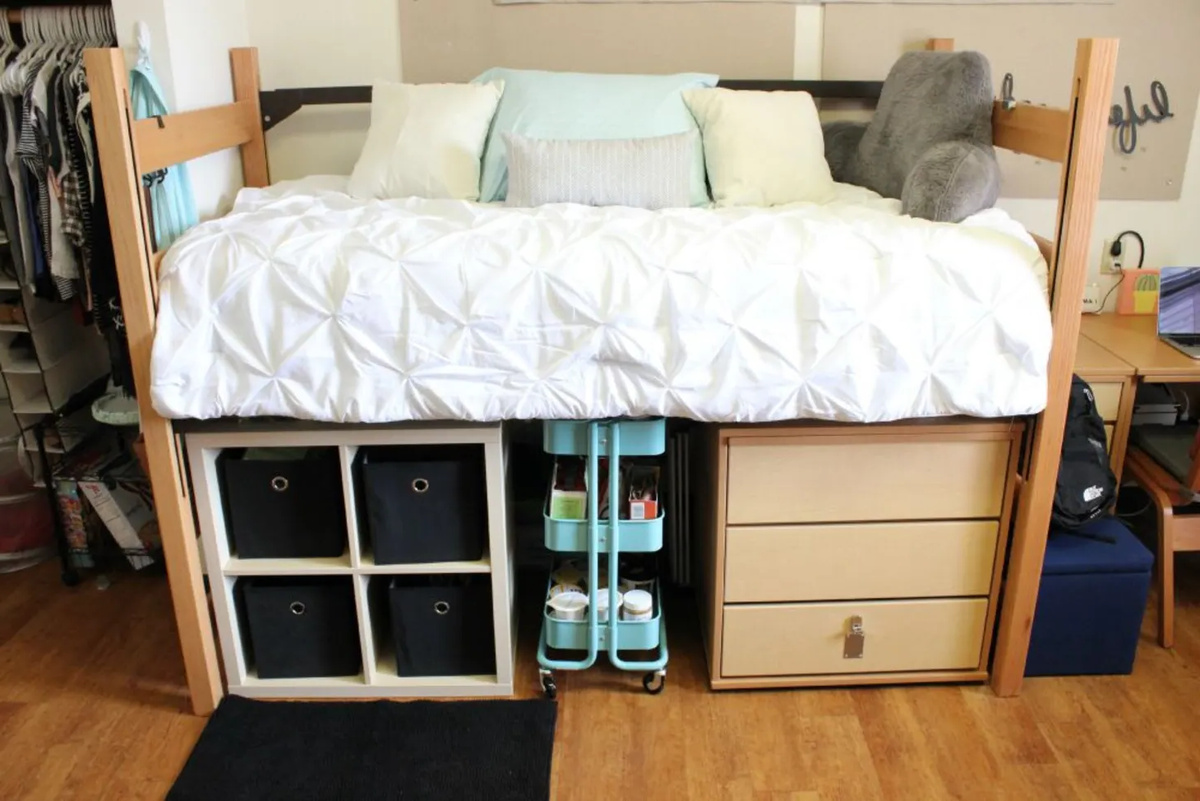
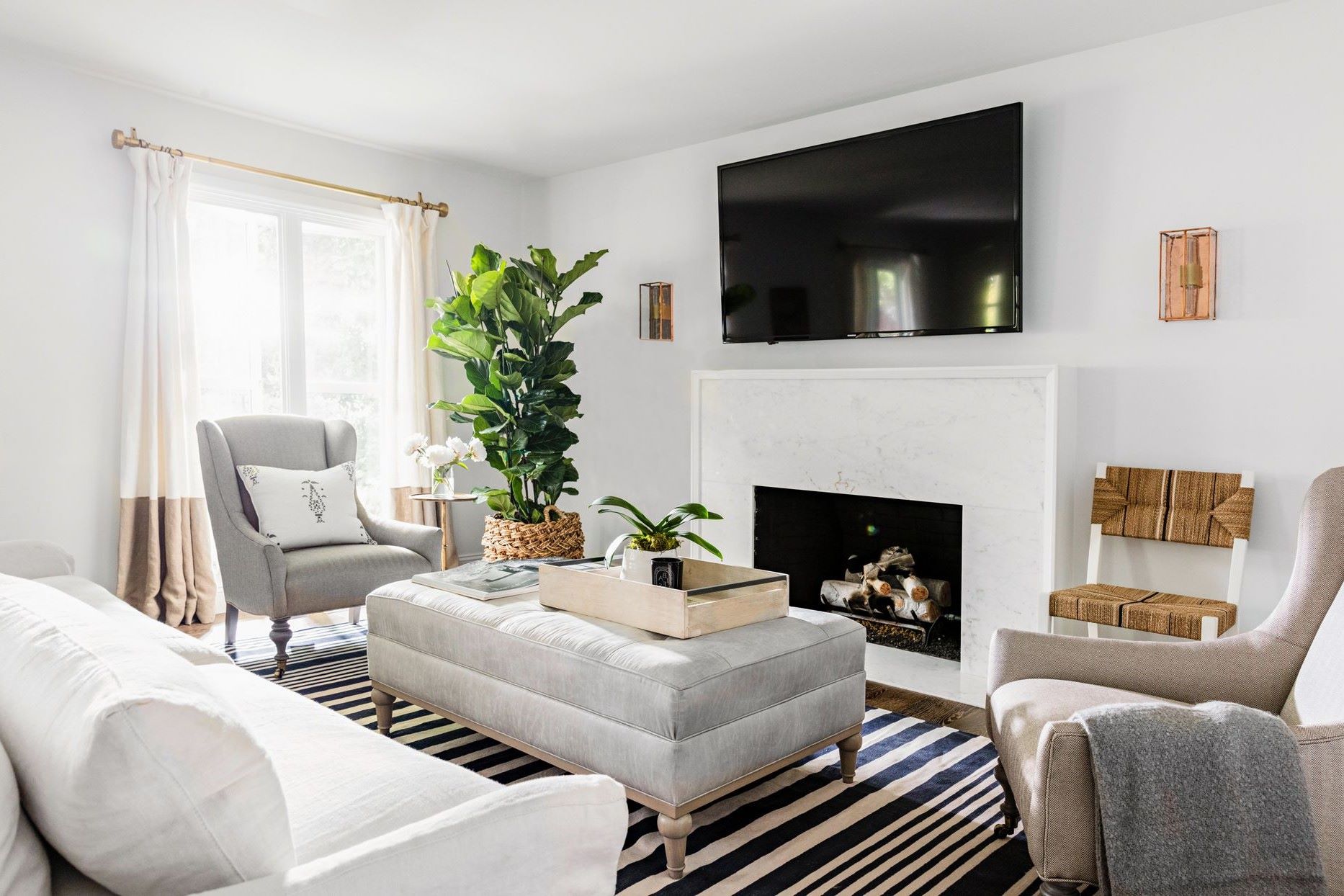
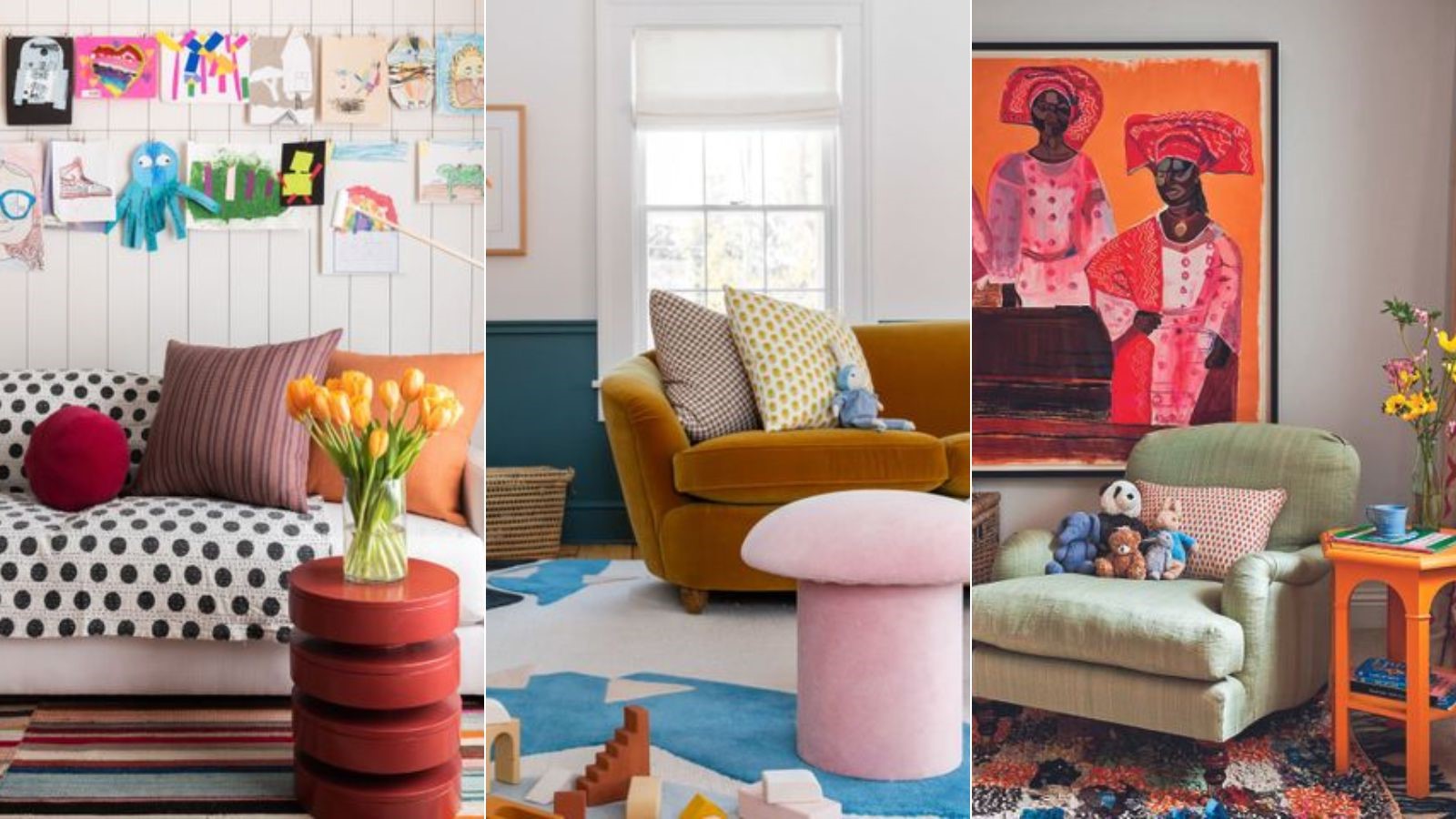
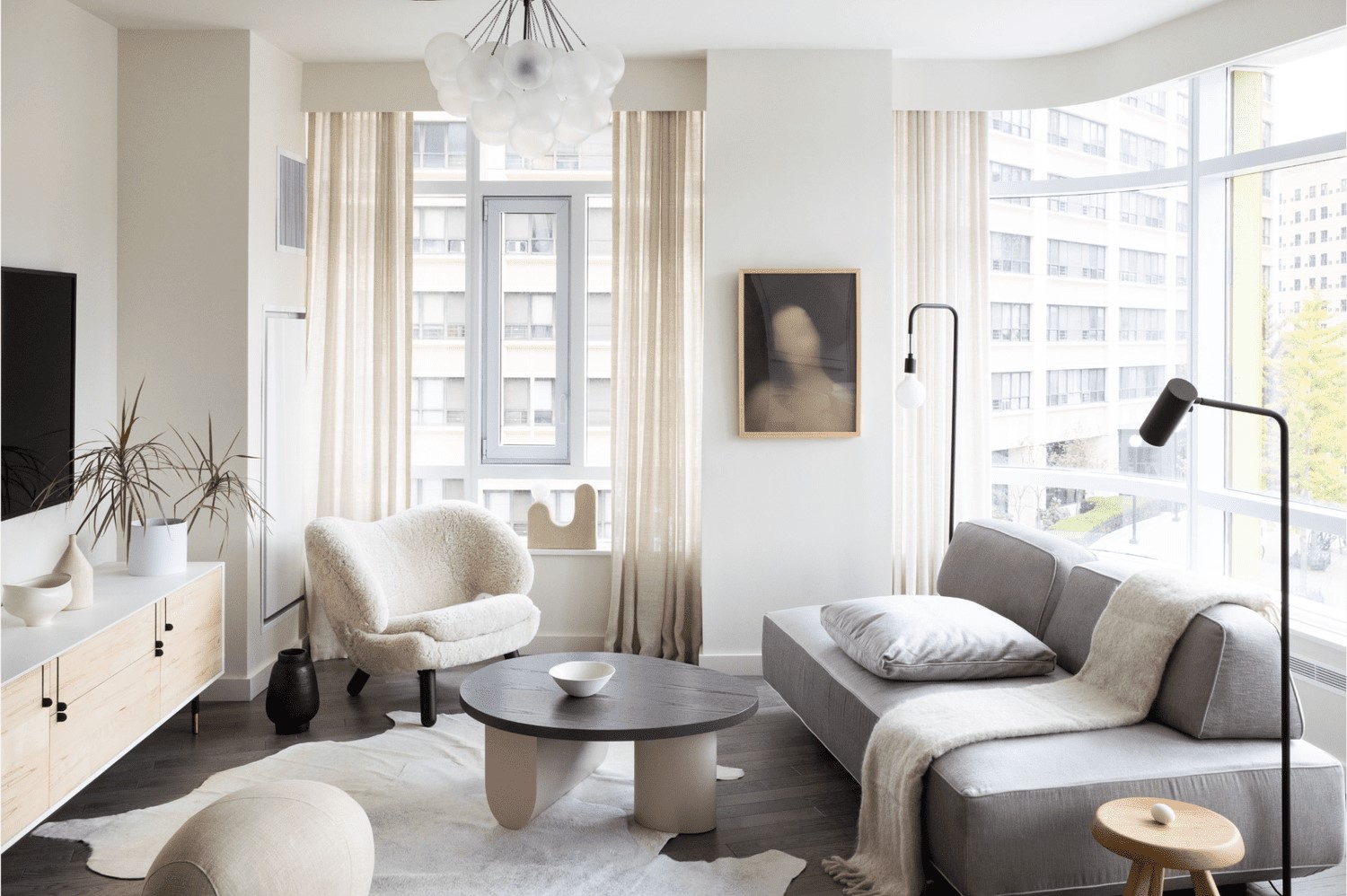
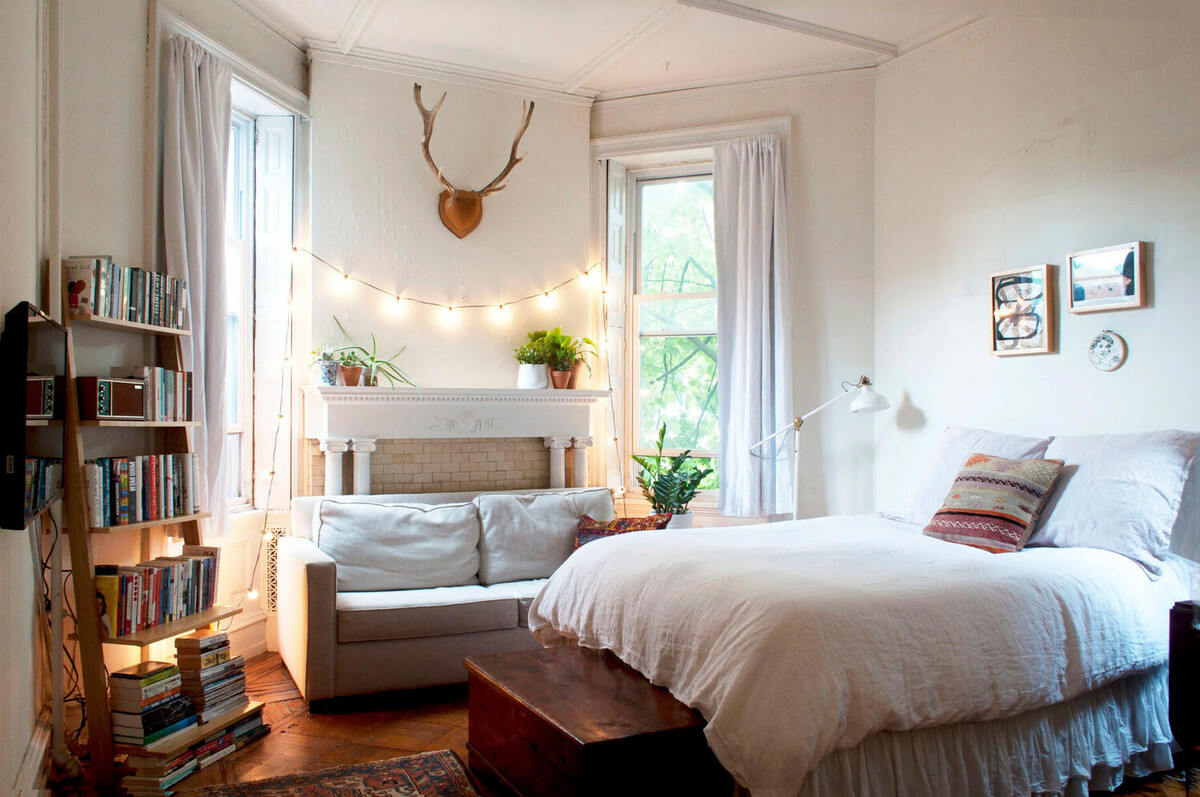
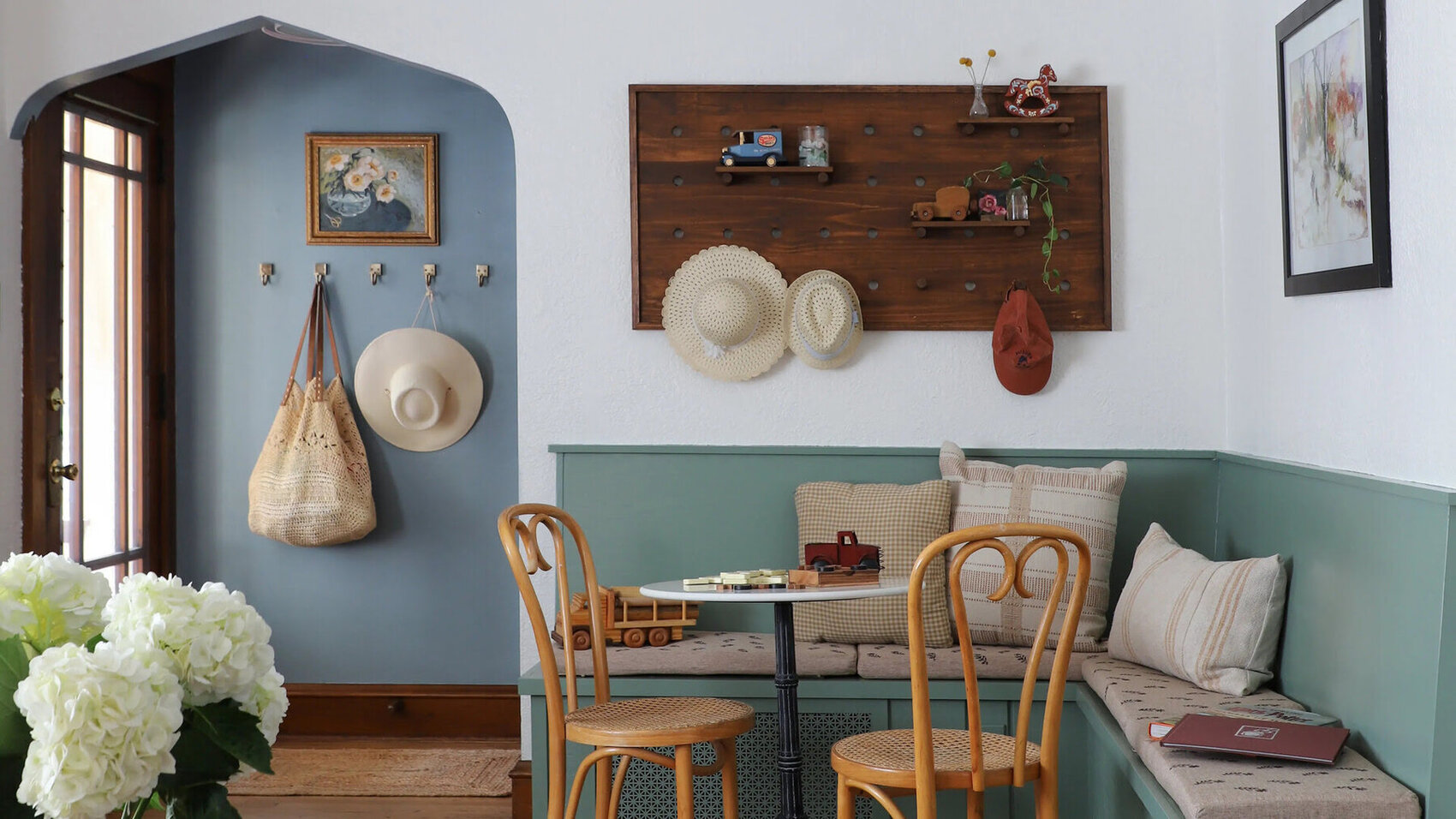
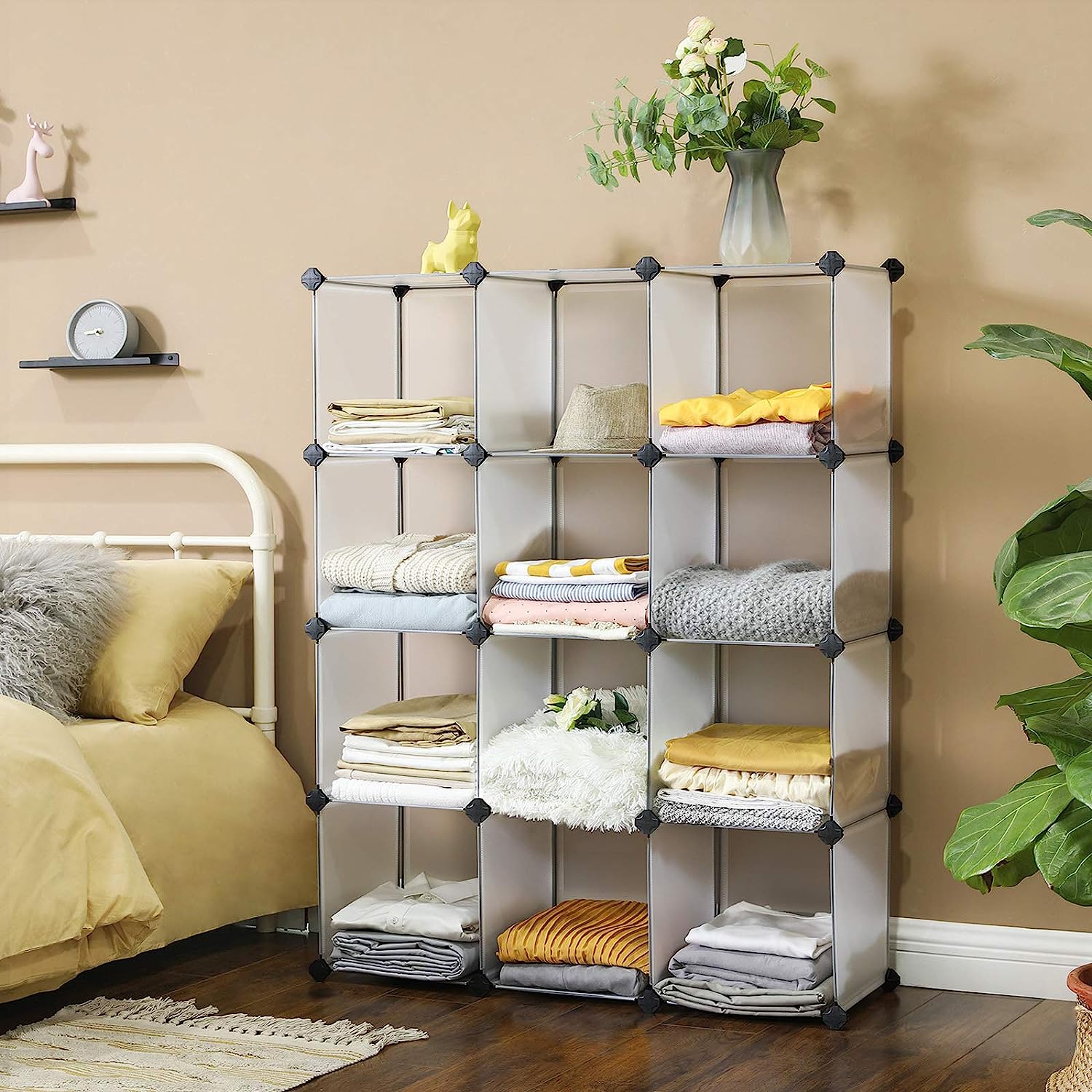
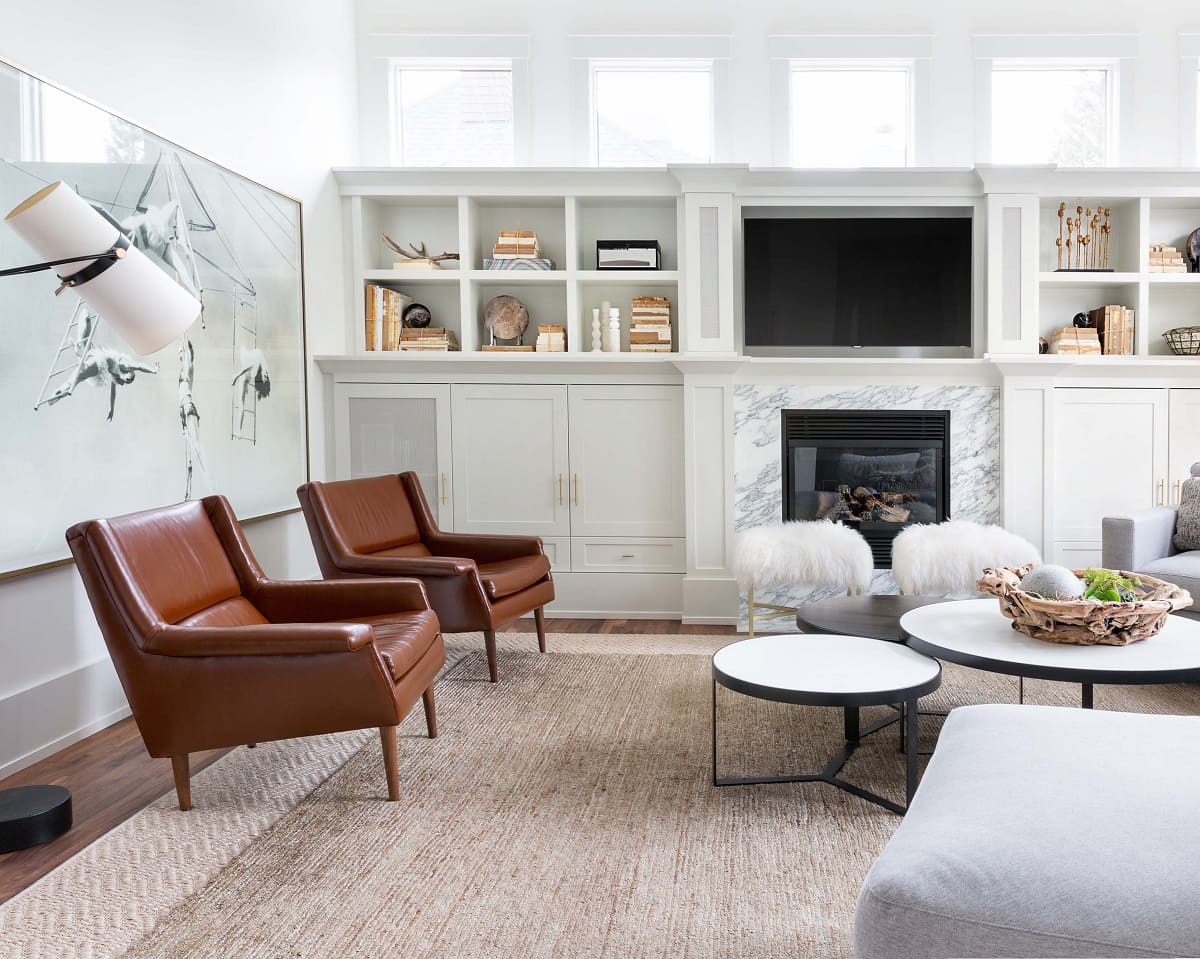
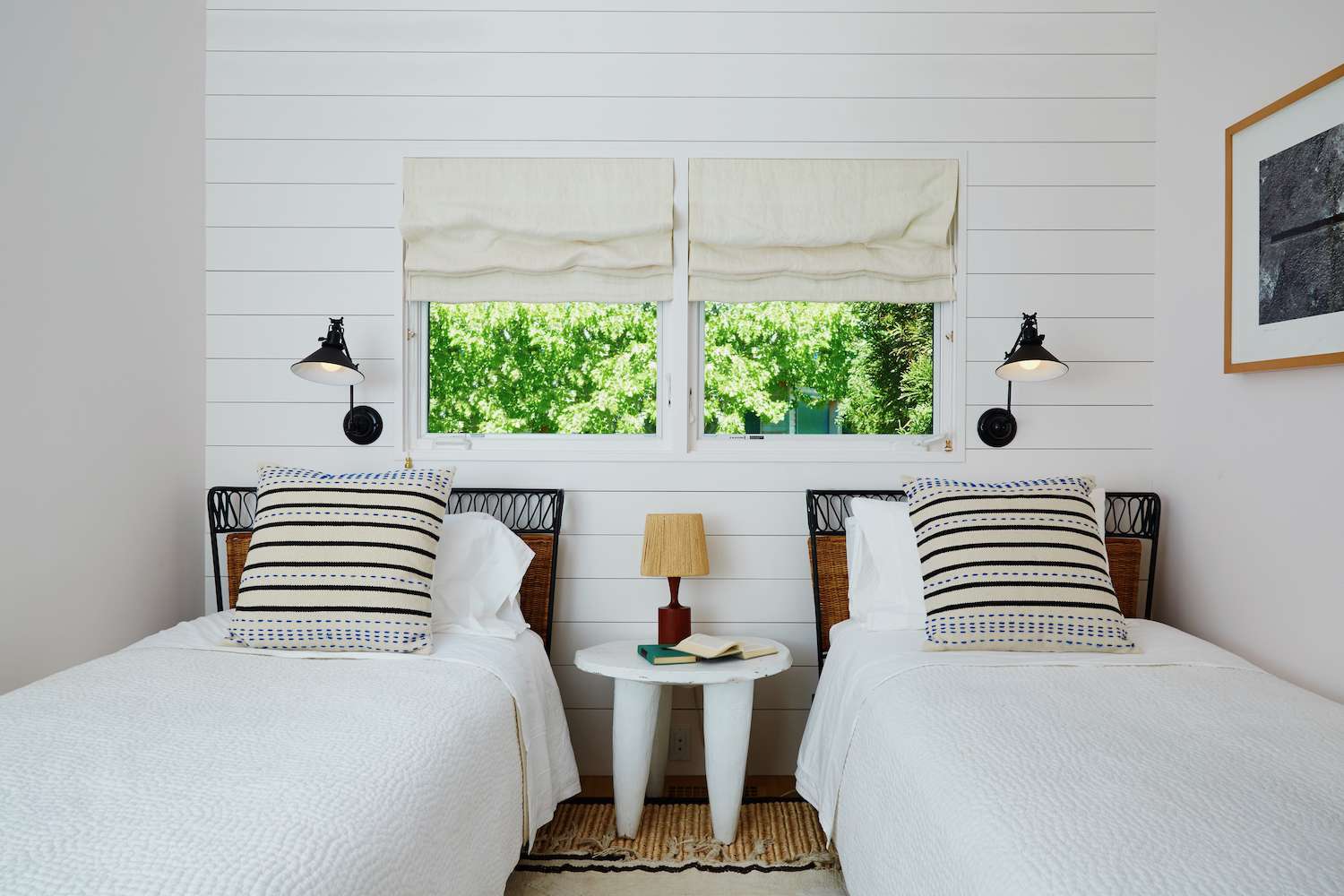

0 thoughts on “How To Organize A Room”